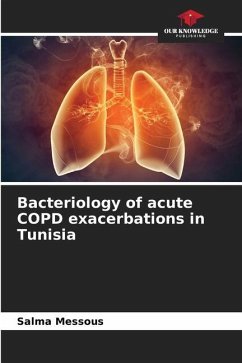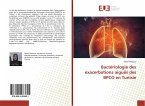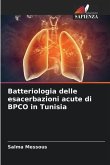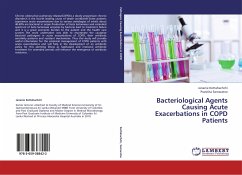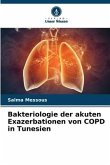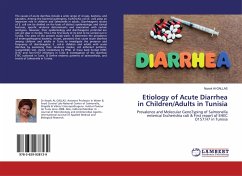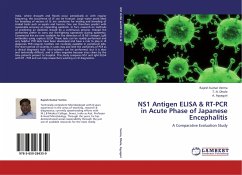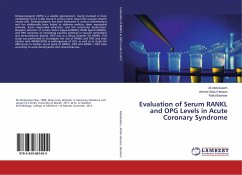The role of bacteria including atypical germs in acute exacerbation of chronic obstructive pulmonary disease (COPD) in Tunisia has been variously appreciated. This is a descriptive and analytical study including patients with a mean age of more than 68.3 years hospitalized for COPD. Of the 240 patients included, 175 sputum cultures (73%) were considered significant, 29 cultures were positive (16.5%) and 31 germs were isolated, the most frequent being P. aeruginosa (25.8%), K. pneumoniae (16.2%), H. influenzae (13%) and S. pneumoniae (9.7%). The prevalence of C. pneumoniae, M. pneumoniae and C. burnetii infection was 8.4%, 9% and 6.6% respectively. No L. pneumophila infection was found. Anthonisen criteria were associated with a positive culture (p=0.04). In conclusion, the low positivity of quantitative sputum bacteriology and the high percentage of resistant strains with a predominance of exclusively multi-resistant pseudomonas may help in the management of patients with EABPCO.Key words. EABPCO, bacterial infection, atypical germs, bacterial resistance.
Bitte wählen Sie Ihr Anliegen aus.
Rechnungen
Retourenschein anfordern
Bestellstatus
Storno

